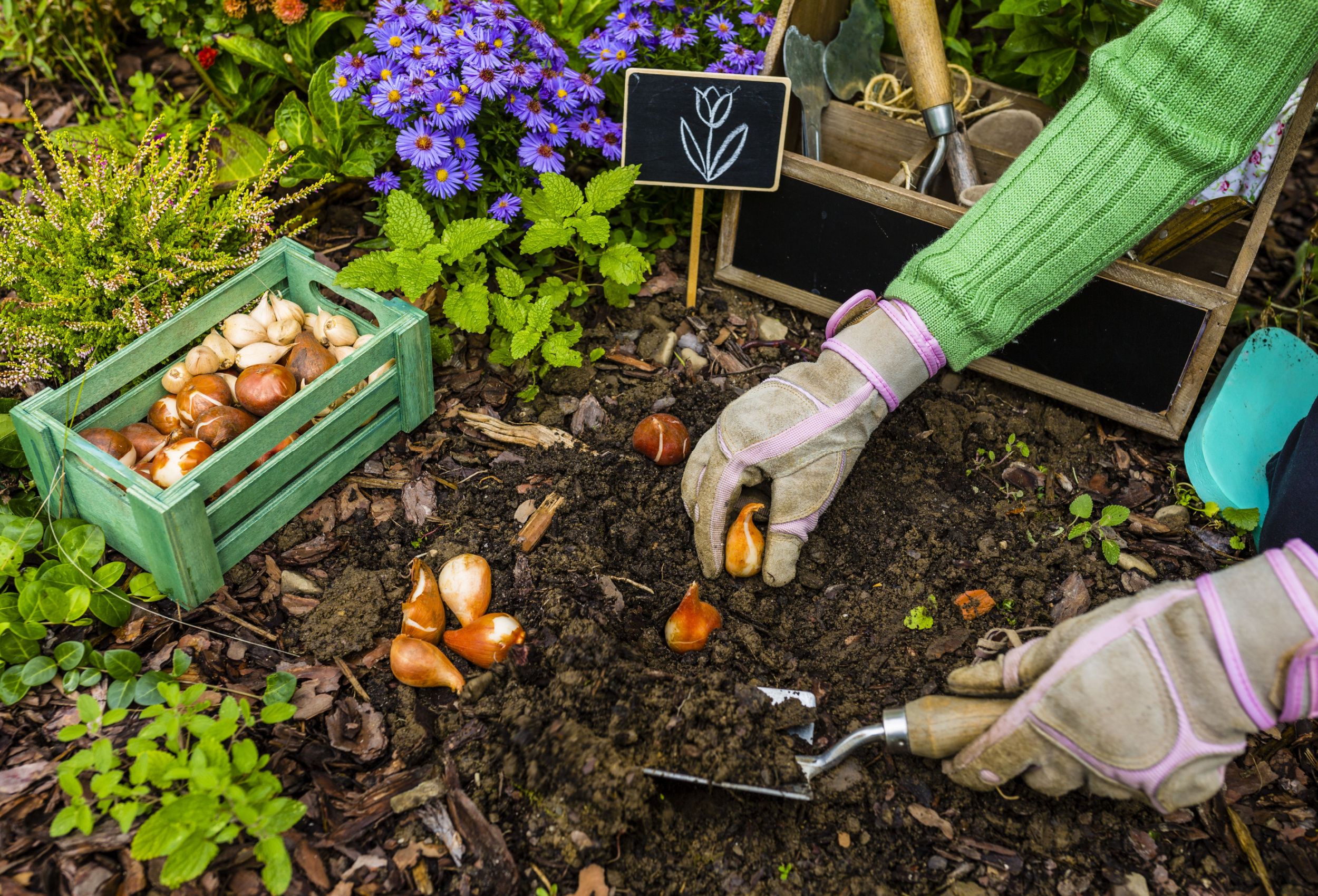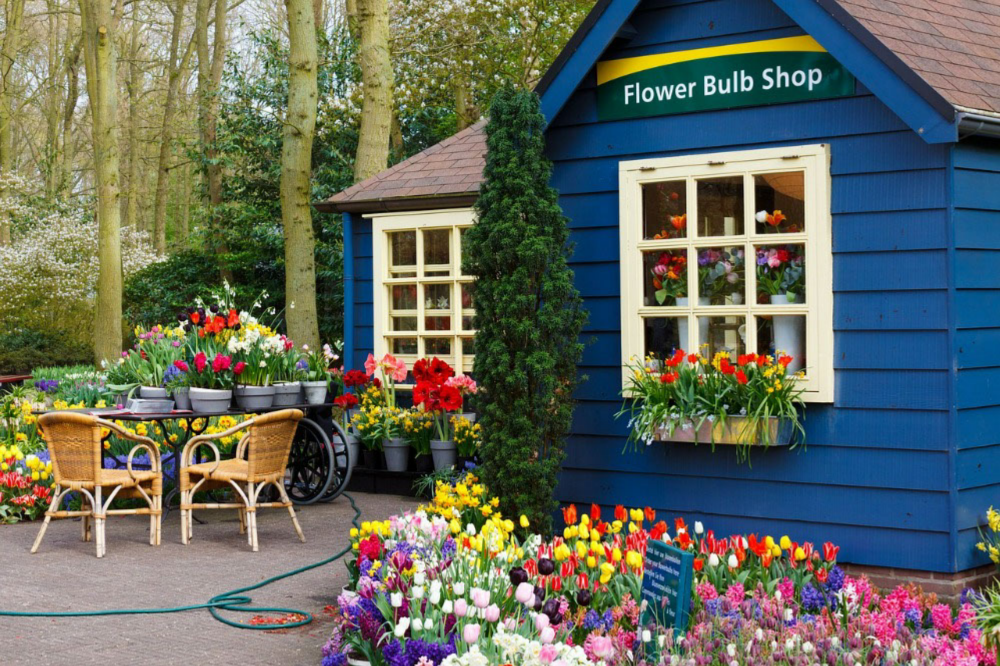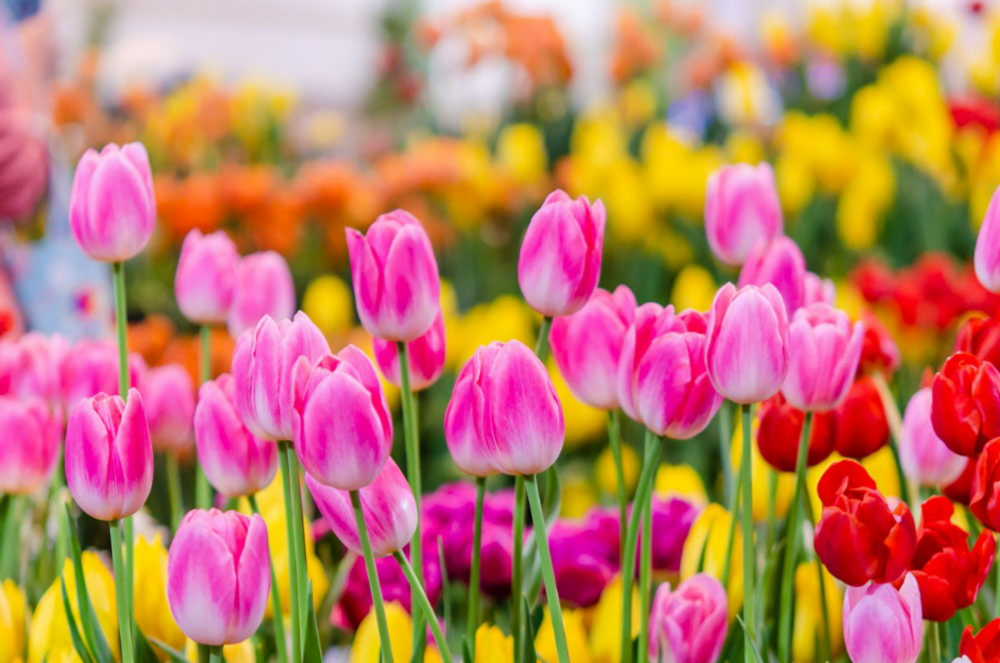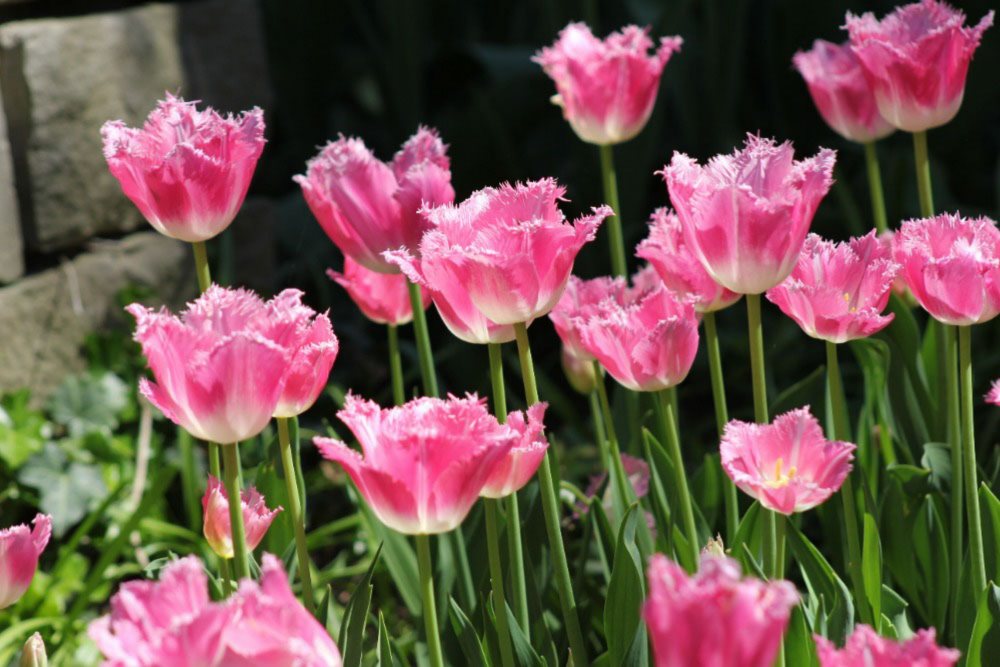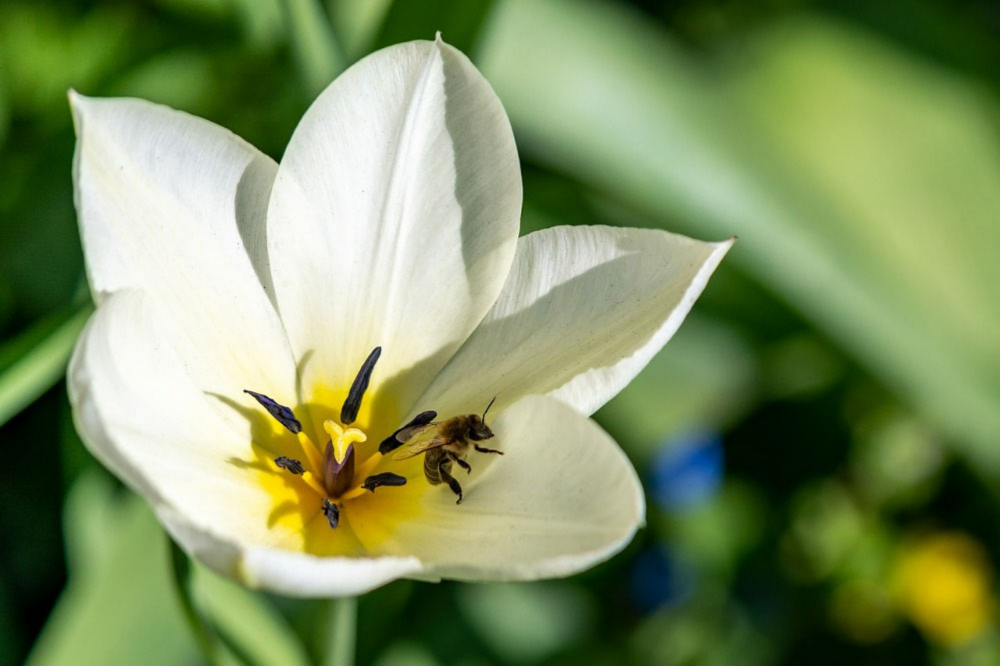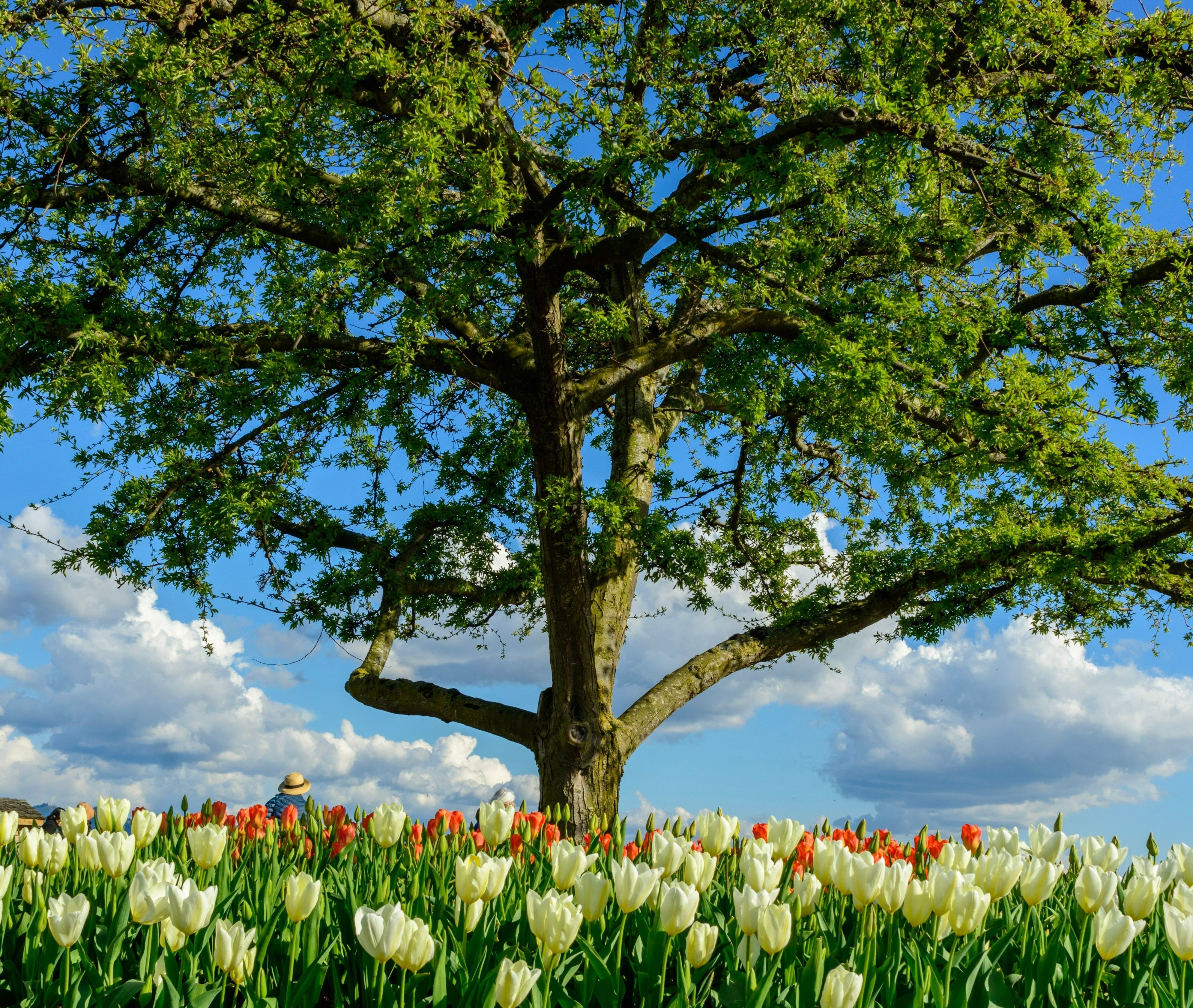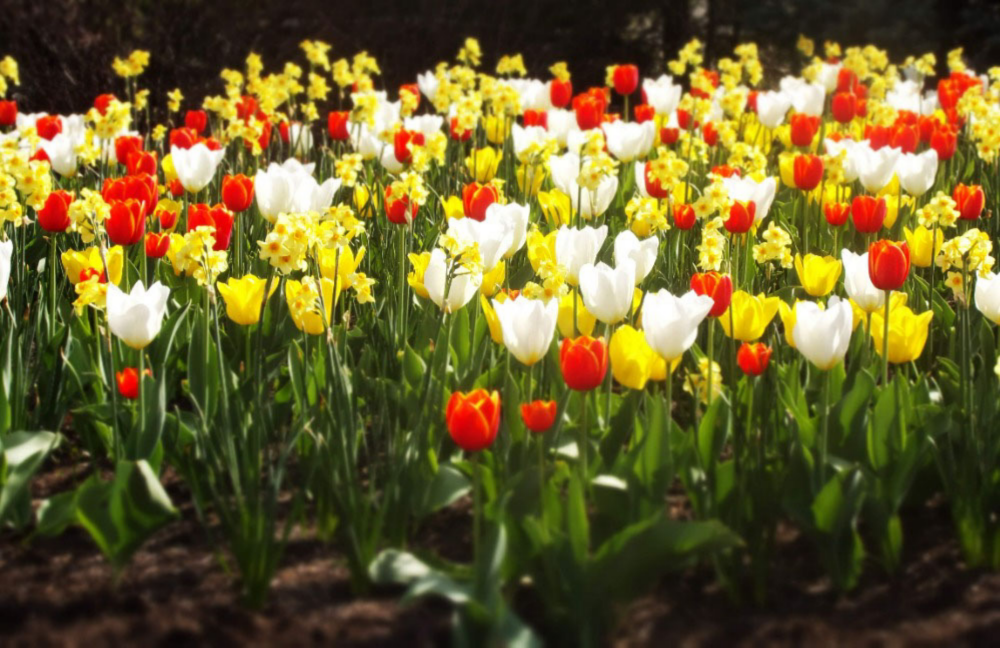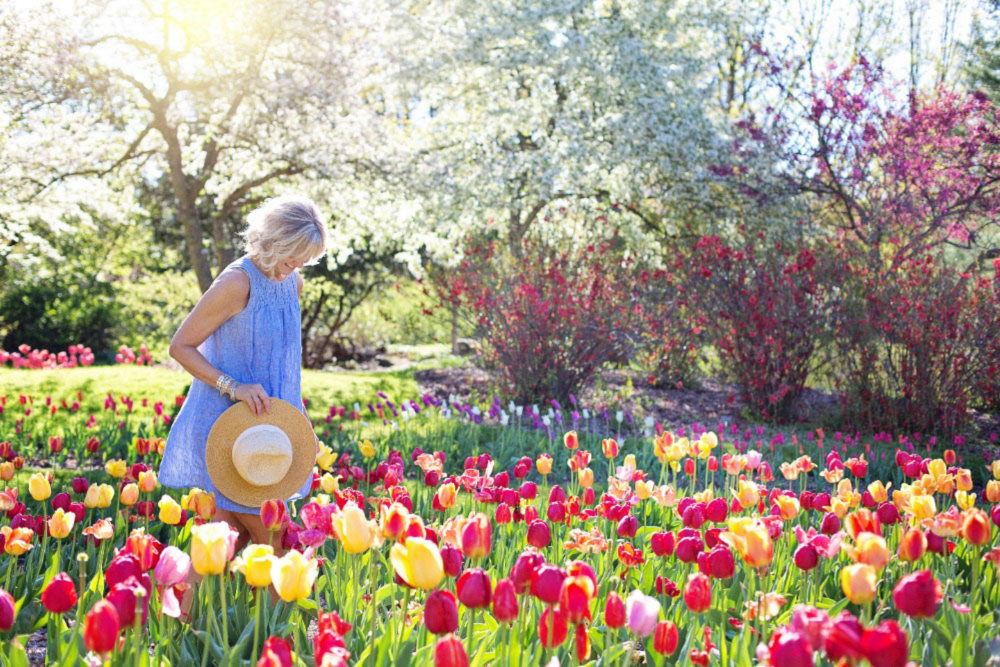With spring just around the corner, it's only a short time before tulips bloom. And with over 150 species of tulips and over 3,000 varieties, the options for your garden are plentiful. Whether you want to try your hand at planting them this spring or get a jump start on your fall garden planning, there are so many benefits to adding them to your yard.
Explore some important reasons to add tulips to your garden landscape and get planting!
They're Affordable
Image credits: Public Domain Pictures via Pixabay
The first reason to plant tulips is that the bulbs are affordable. If you're on a tight budget but desire a colorful garden of petals, shop for inexpensive bulbs. You may be able to find them for as little as fifteen cents a bulb. Look for flower sales where bulbs are discounted by the bag.
Tulip bulbs are lightweight and easy to carry. Spring bulbs are available in fall at nurseries, through mail-order catalogs, or visit a quaint flower bulb shop and peek inside to see what's on offer.
Many Color Choices
Image credits: Khunkorn Laowisit via Pexels
Like roses, tulips offer a variety of colors, including pink, red, and purple. Perhaps the most captivating reason to have these flowers in your garden is that they include hybridized flower versions with the latest trend in colors. Imagine your garden planted with rows of them in all the colors of the rainbow!
Petal Shapes
Image credits: Alex Ohan via Pexels
Another visually appealing reason to have tulips in your garden is their diverse petal shapes and textures. Above are the bell song tulips with their unique fringe on the tips of the petals. Growing different varieties of these flowers with different petal shapes adds a nice contrast to your garden borders or flower beds.
Attract Pollinators
Image credits: Mariya_m via Pixabay
Next, plant tulips in your garden to provide food for pollinators like bees. Choose the right tulip colors that attract bees; these insects gravitate to the blue and yellow ends of the color spectrum. Deep hues, such as red, appear black to bees, which they perceive as an absence of color and will ignore.
Bees play a considerable role in the balance of the ecosystem, so why not plant tulips to help them along the way?
Plant Almost Anywhere in Your Garden
Image credits: Bryce Carithers via Pexels
Tulips provide a colorful frame around large natural forms like a tree. Instead of planting in rows, plant in circles around the base of your tree to create a spiral design. How about creating a tulip-lined pathway leading to your tree?
They Make Great Companion Plants
Image credits: Joelle Harms via Pixabay
An important reason to have tulips is that they are great companion plants for daffodils. Each flower prefers good drainage and sunny conditions. Plant both flowers in the fall -- between September and November -- as bulbs, about 7 to 8 inches beneath the soil surface, and they'll reward you with blooms in the spring.
Another great companion plant is crocuses. They come in many colors including purple, white, and yellow-orange. They are the perfect friend for tulips as they too are grown from bulbs. Plant them in full sun to part shade in well-drained soil and watch them bloom the following year from February to March.
Companion planting helps to control pests, attract the right pollinators, and keep the soil fertile. Tulips and daffodils are like twins that go hand in hand.
Easy Annuals
Image credits: Jill Wellington via Pexels
Finally, the last reason to have tulips in your garden landscape is that you can plant them as annuals or perennials, but the former is much easier. Grow them as perennials if you're up for extra work. You'll need nitrogen fertilizer, full sun conditions for growth, and well-drained soil to avoid rot during the rainy season.
Make your life easy, and opt for annuals. Remove the plant once flowering has finished, and you pave the way for other annual summer plants. The benefit of annual tulips is removing them after the blooming season to make space for other big tall flowers of similar height to tulips planted in the same bed. Also, the planting depth for annual tulips is less of an issue if you cover the bulbs with soil to protect them from harsh weather.
Tip Toe Through the Tulips
Whether you choose garden tulips for their shape, size, or color, these spring flowers pack a punch! If you want to learn more about companion gardening or adding pollinators to your garden, tulips are the answer. Even if you simply want to experiment with your landscape, tulips can help.
Will you try adding tulips to your garden landscape? If you have any tips or tricks to share, please leave them in the comment field.

